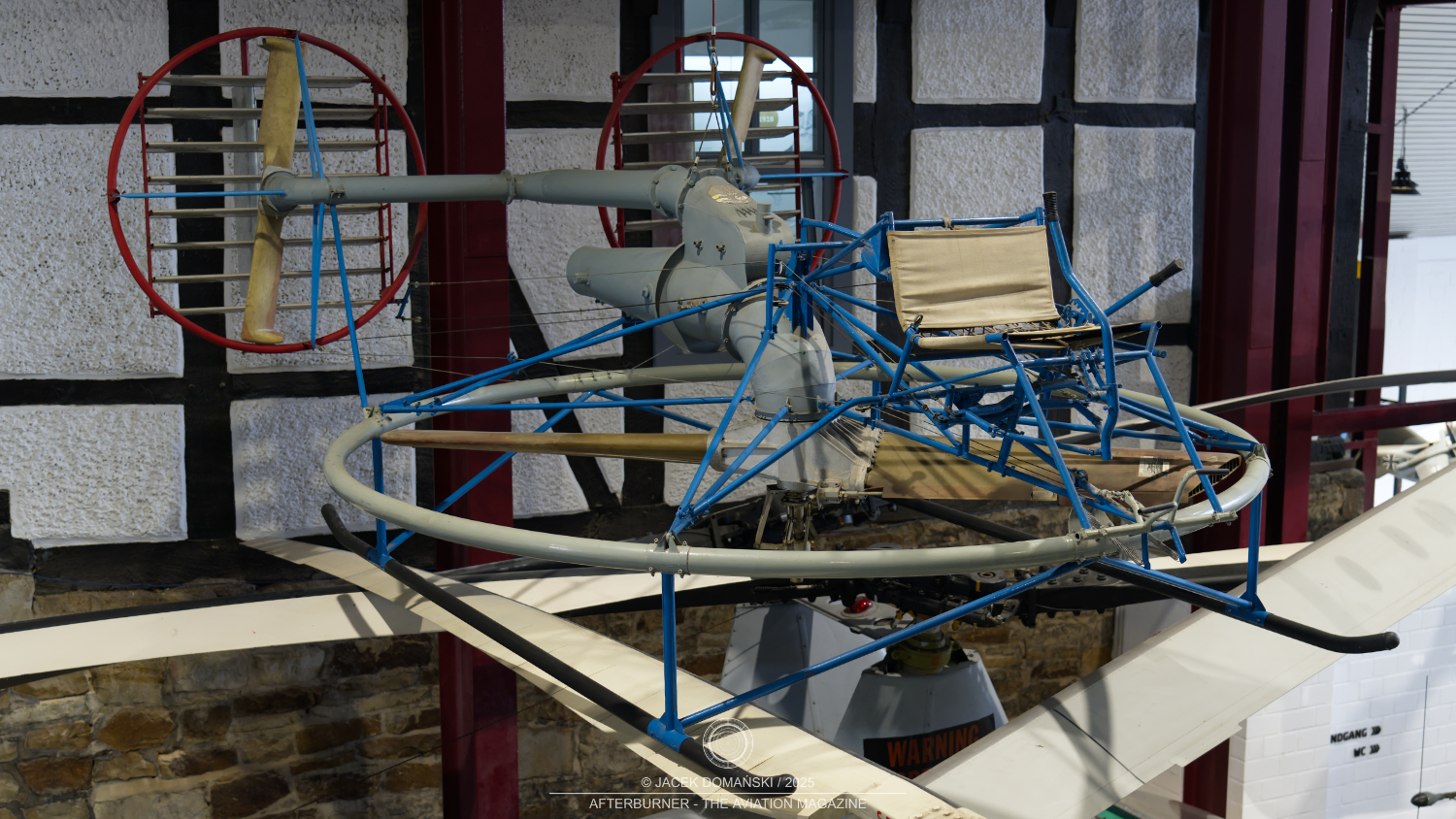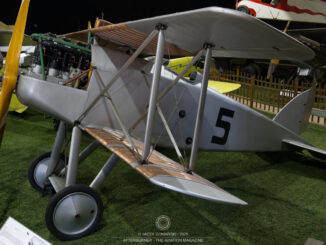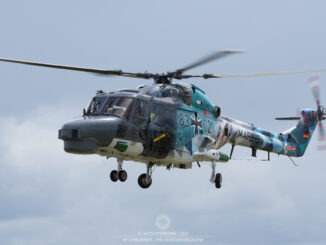 Bölkow P-166/3 ´Flying Jeep´ experimental rotorcraft, exhibited at Hubschraubermuseum Bückeburg (Bückeburg Helicopter Museum), June 2025.
Bölkow P-166/3 ´Flying Jeep´ experimental rotorcraft, exhibited at Hubschraubermuseum Bückeburg (Bückeburg Helicopter Museum), June 2025.
The P-166/3 was developed in 1960 by Götz Heidelberg, a German aviation engineer, inventor, and aircraft designer who at that time worked for the Messerschmitt-Bölkow-Blohm (MBB) company.
Heidelberg, born in 1923, was drafted into the German Army during the Second World War and sent to the Eastern Front. After being seriously wounded, he was discharged from service and began his studies at the Technical University of Dresden. Following the war, he continued his education at the Georg-August University in Göttingen.
In 1955, Heidelberg became an assistant to Henrich Focke at the Helicopter Department of the Technical University in Stuttgart. A few years later, the young inventor became head of the MBB development department, dedicating himself to work on magnetic levitation, high-speed rail systems, and wheel-less land vehicles.
Heidelberg worked at MBB until 1973, where he developed and patented several inventions related to transportation and rotorcraft aviation. These included the low-pressure reaction rotor (commonly known as the Heidelberg rotor) and a functional magnetic transportation system — the Maglev train.
In 1975, Heidelberg founded his own company and continued to develop magnetic transportation systems, wind turbines, and fuel cells.
The experimental rotorcraft he developed in 1960 was intended as the first step towards creating a workable flying platform, with the results to be incorporated into a heavy-duty helicopter project with a lift capacity of up to forty tonnes.
The P-166/3 was equipped with a blade-tip-driven lift rotor located underneath the aircraft, as well as two rear-mounted blade-tip-driven propellers for propulsion. These rear propellers were also fitted with movable flaps, designed to control and stabilise the rotorcraft.
The ´Flying Jeep´ was powered by compressed air supplied to the blade-tip nozzles of its rotors. The air was supplied by a compressor driven by a 110 hp diesel engine.
The P-166/3 was only tested indoors, while tethered and at altitudes of up to 1.2 metres. However, due to the lack of demand for the proposed heavy helicopter equipped with a reaction rotor, development of the P-166/3 and related projects was abandoned shortly afterwards.



